Crocs – and Not the Shoes
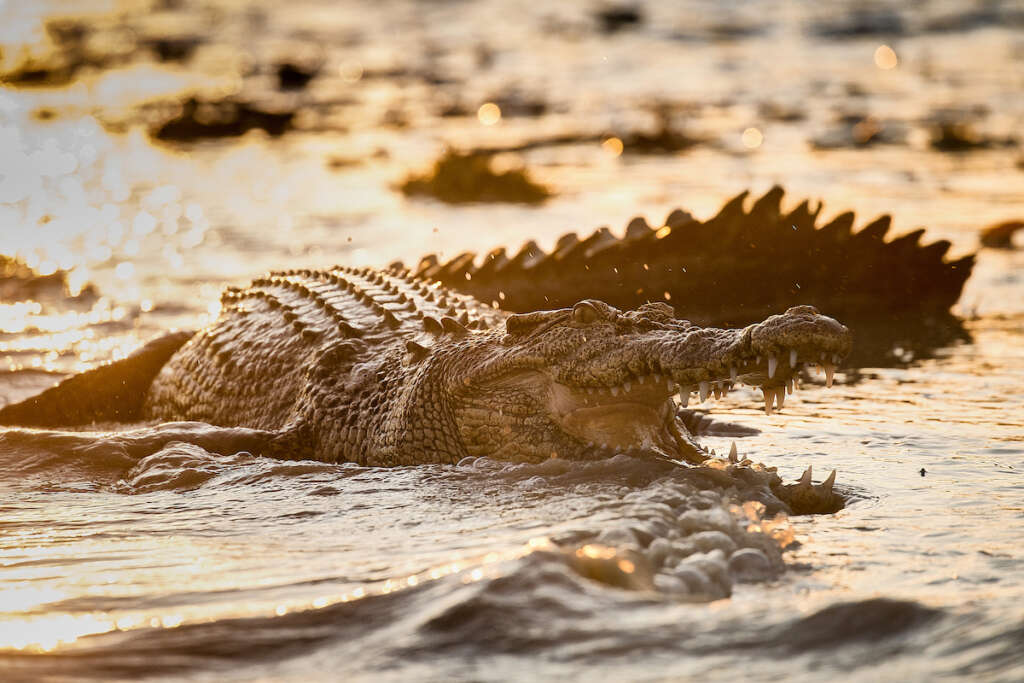
Salty
Pronounced: sul – tee
Definition: To be annoyed by or in an irritated state of mind | or a great big hunk of pre-historic bad-boy
Australia’s north is renowned for it’s population of “salties” or salt water crocodiles. Salty is such a short name for such a magnificent creature, that we thought we’d spell it out a little more.
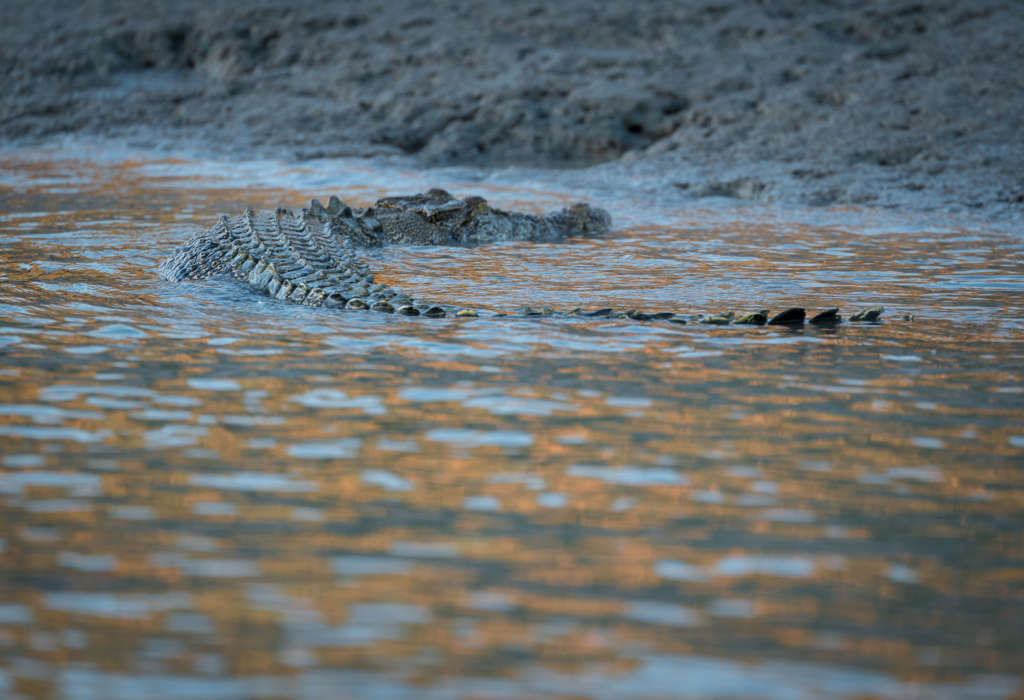
S is for Seriously Big
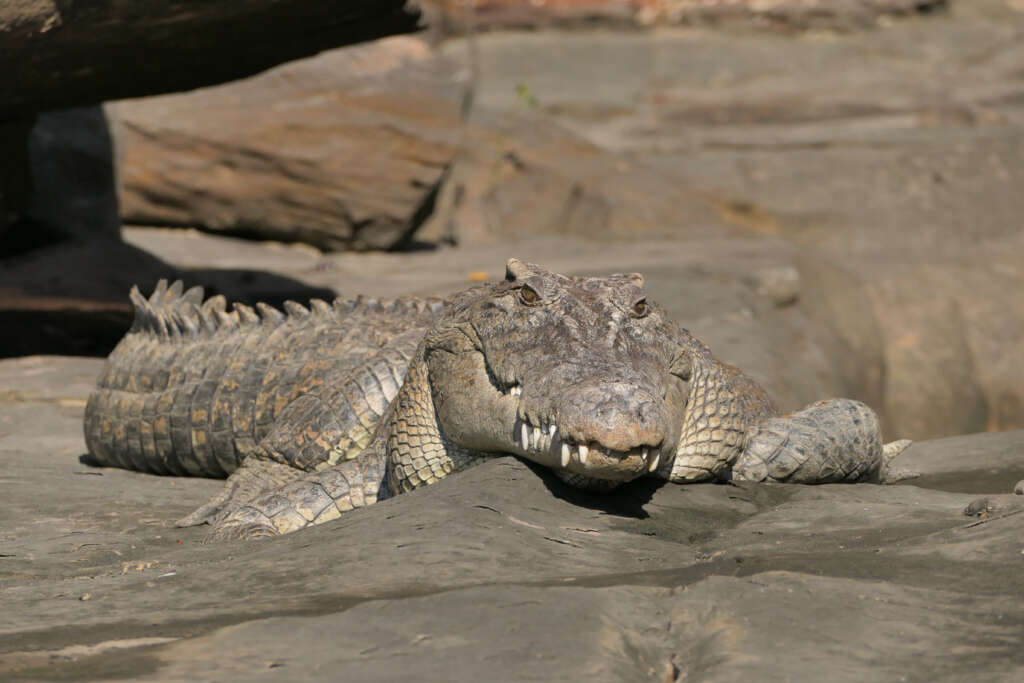
Our salties are the world’s largest living reptiles – the fellas grow to up to 6 metres long and can weigh up to 1300 kg. The ladies are quite a bit smaller at about 3 metres long – but don’t underestimate them.
A is for Apex Predator
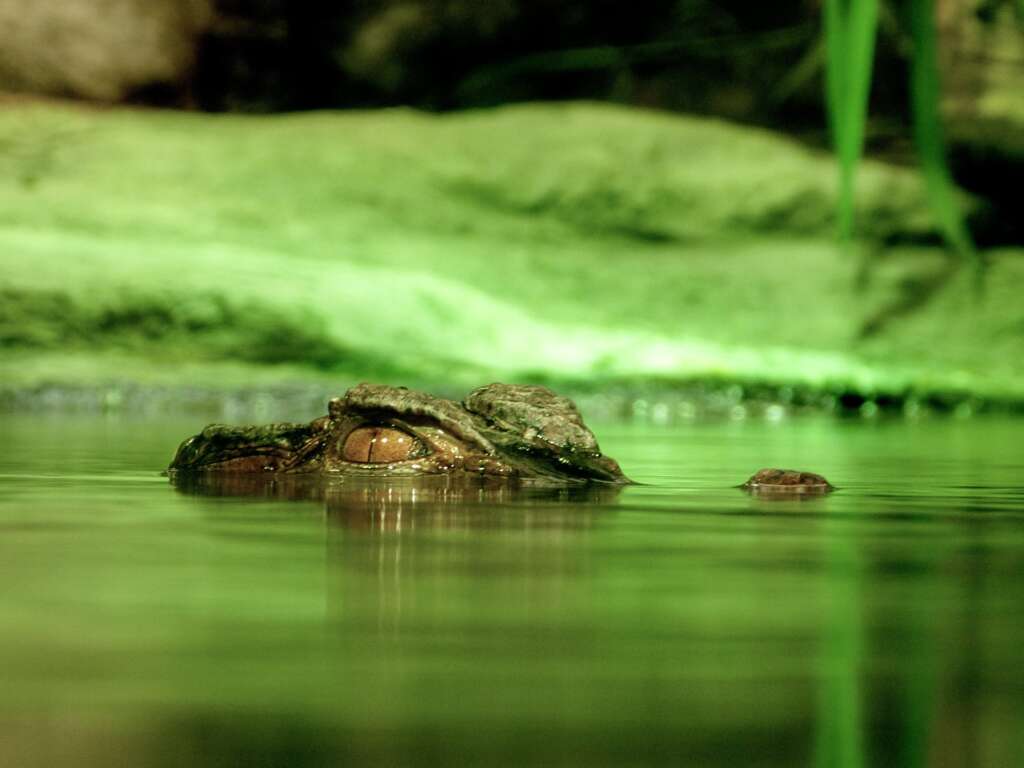
The average Australian crocodile likes to ambush it’s prey and then drowns or swallows it whole. It’s such a fierce hunter that even sharks will make a nice smoko snack for them.
L is for Long Life
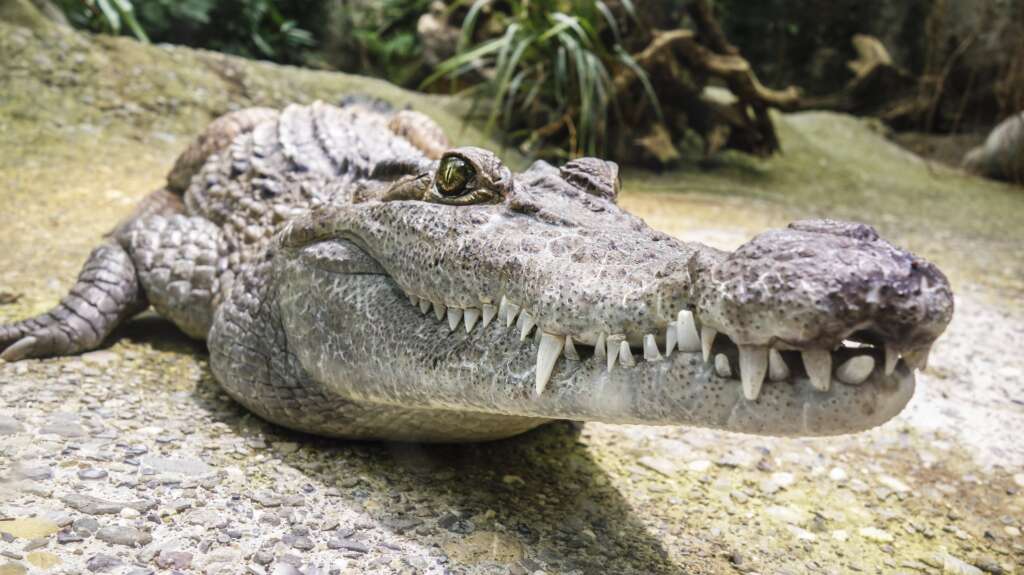
They say when you lead a life of exercise and eat a balanced diet you can lead a very long life indeed. The average salty lives for up to 70 years – so the “see food – eat food” diet seems to have some positives.
T is for Teeth
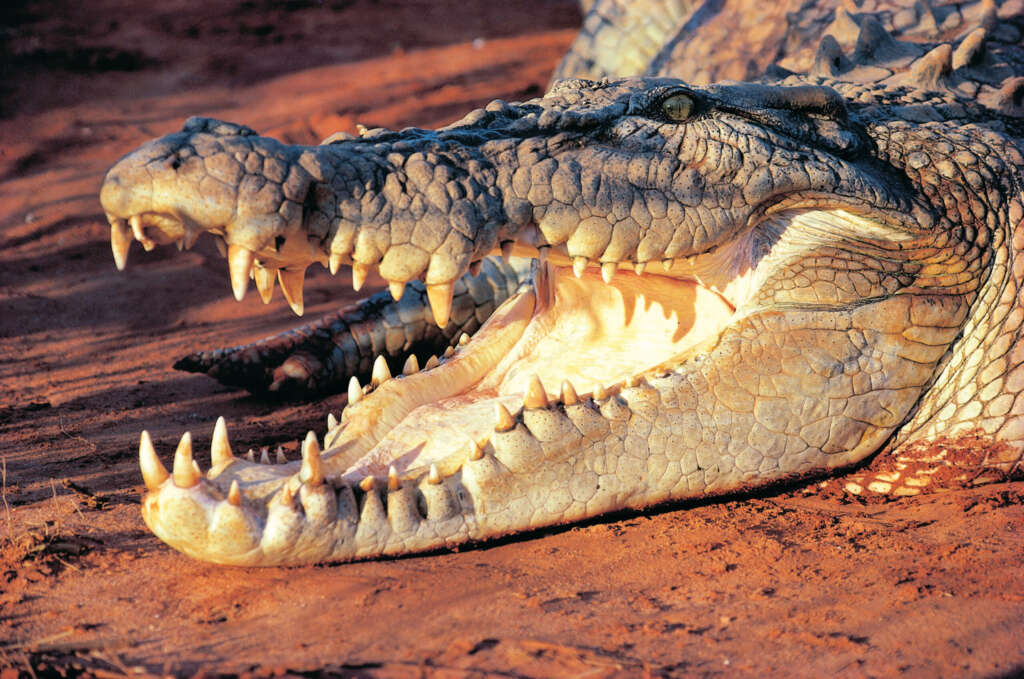
With 66 sharp pointy teeth and the greatest pressure bite of any animal in the world – a croc’s teeth are it’s tools of the trade and it’s tiara.
Y is for Young
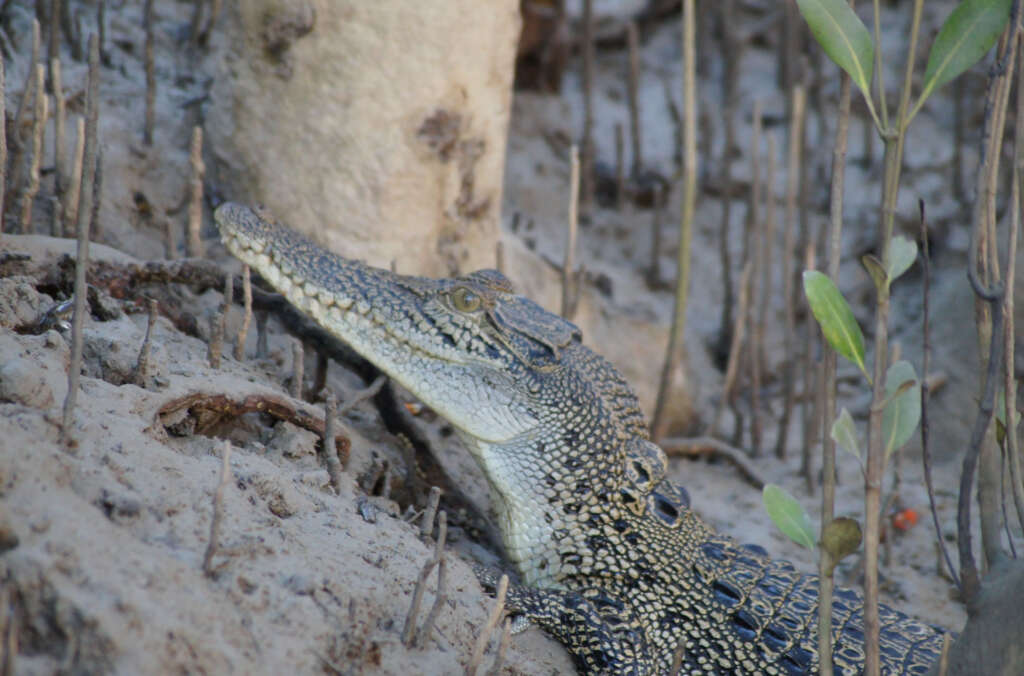
Motherhood is a serious proposition for the salty girls. They can lay up to 60 eggs at a time and will definitely take a swipe at anyone who feels like bacon and eggs for breakfast.
To visit Australia’s north and see salties in the wild, try a Kimberley Expedition cruise!

